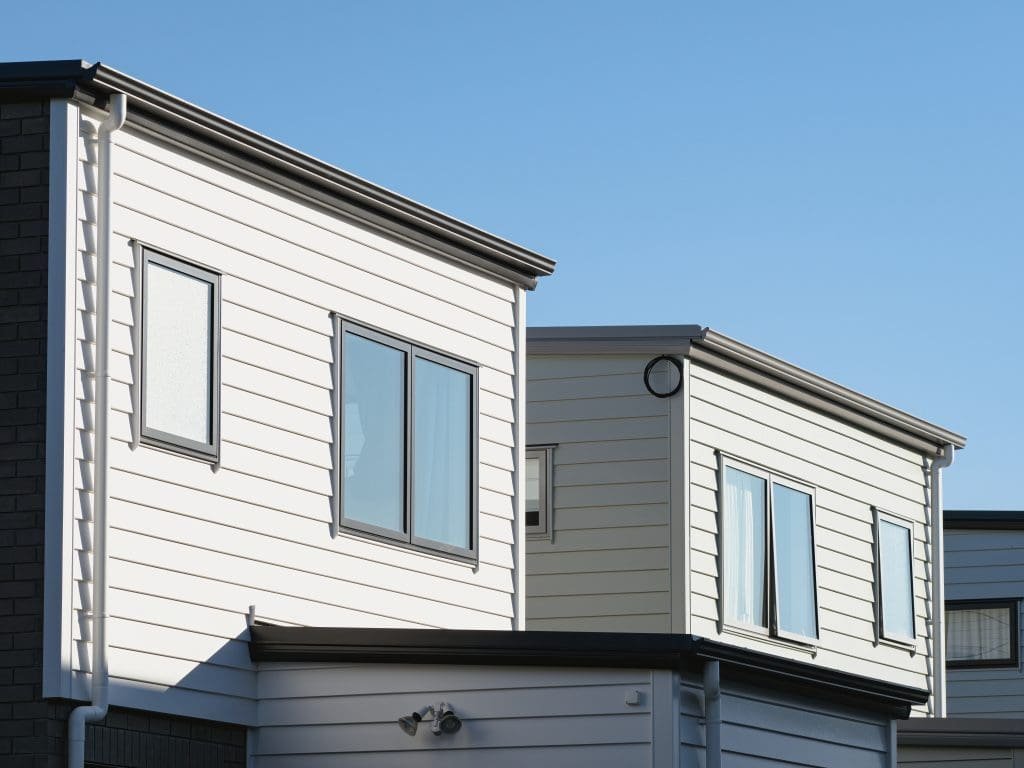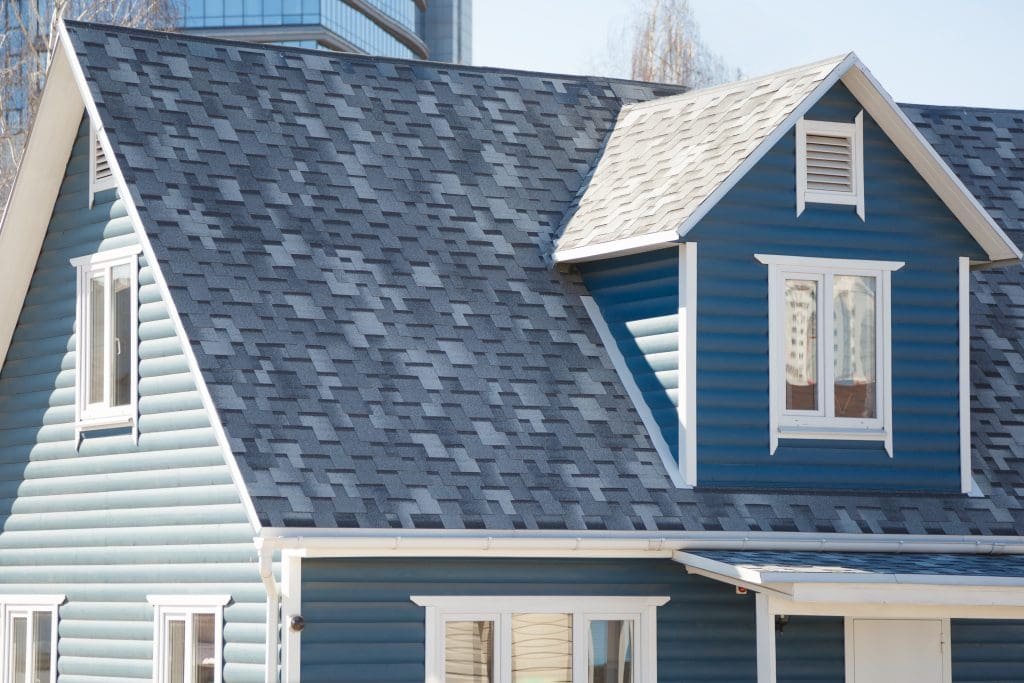Regular home siding maintenance is crucial to the overall upkeep and longevity of your property. Siding not only enhances the appearance of your home but also serves as a protective barrier against the elements. Understanding the role of siding in home maintenance is essential to ensure that your property remains in excellent condition for years to come.
Understanding the Role of Siding in Home Maintenance
Siding plays a vital role in shielding your home from various environmental factors, such as rain, snow, wind, and sunlight. It acts as a protective shell, preventing moisture from seeping into the walls and causing damage. Additionally, siding helps insulate your home, reducing energy consumption and maintaining comfortable indoor temperatures.
Properly installed siding can also enhance the curb appeal of your home, adding to its aesthetic value and overall marketability. Beyond its functional benefits, siding comes in a wide range of colors, textures, and styles, allowing homeowners to customize the look of their property to suit their preferences and architectural style.
The Function of Siding
One of the key functions of siding is to act as a waterproof layer for your home. It prevents water from infiltrating the walls, which can lead to mold, rot, and structural damage. Additionally, siding serves as a barrier against pests, such as termites and insects, that might otherwise find their way into your home.
Furthermore, siding can help improve the overall durability of your home by providing an extra layer of protection against impact damage from hail, debris, or other external forces. This added resilience can contribute to the longevity of your property and reduce the need for frequent repairs or maintenance.
Different Types of Home Siding
There are various types of home siding available, including vinyl, wood, fiber cement, and metal options. Each type has its own unique properties and maintenance requirements. Understanding the specific characteristics of your chosen siding material is essential to ensure proper care and maintenance.
It’s important to consider factors such as durability, cost, maintenance needs, and aesthetic appeal when selecting the right siding material for your home. While vinyl siding is known for its low maintenance requirements and affordability, wood siding offers a timeless, natural look that can enhance the charm of older or traditional homes. Fiber cement siding, on the other hand, is prized for its durability and resistance to fire, insects, and rot, making it a popular choice for homeowners seeking long-lasting protection.
The Consequences of Neglecting Siding Maintenance

Neglecting siding maintenance can have detrimental effects on both the appearance and structural integrity of your home.
Proper care and maintenance of your home’s siding is crucial for ensuring its longevity and functionality. Neglecting this aspect of home maintenance can lead to a cascade of problems that not only affect the visual appeal of your property but also compromise its structural stability.
Impact on Home Value
When siding is poorly maintained or damaged, it can significantly reduce the curb appeal and overall value of your property. Potential buyers may be deterred by unsightly siding or worry about the potential costs of repairs and replacements. Regular maintenance can help preserve the aesthetic appeal and value of your home.
Moreover, the exterior of your home is the first thing that visitors or potential buyers see. A well-maintained and visually appealing exterior can create a positive first impression and increase the perceived value of your property. On the other hand, neglected siding can make your home look neglected and in disrepair, potentially driving away interested parties.
Potential for Structural Damage
If left untreated, damaged siding can allow moisture to penetrate the walls, leading to structural issues such as wood rot, mold growth, and weakened foundations. Repairing or replacing siding in a timely manner can prevent costly repairs down the line and ensure the structural integrity of your home.
Furthermore, compromised siding can compromise the insulation of your home, leading to energy inefficiency and higher utility bills. By addressing siding issues promptly, you not only protect the structure of your home but also improve its energy efficiency and reduce long-term maintenance costs.
Key Elements of Regular Siding Maintenance

Maintaining your home siding involves a combination of cleaning, inspection, and timely repairs or replacements.
Ensuring the longevity and aesthetic appeal of your home’s exterior requires a proactive approach to siding maintenance. By implementing a routine schedule for cleaning and inspection, you can prevent potential issues from escalating and protect your investment in your property.
Cleaning and Inspection
Regular cleaning is essential to remove dirt, debris, and mildew that may accumulate on your siding over time. Using a soft brush or a pressure washer, gently scrub the surface to ensure it stays clean and free from any potential buildup. Pay close attention to areas that are shaded or prone to moisture, as these are more susceptible to mold and mildew growth. Additionally, inspect your siding for any signs of damage, including cracks, chips, loose panels, or discoloration.
During the inspection process, take note of any areas where the siding may be pulling away from the structure or showing signs of warping. These issues can indicate underlying problems with the installation or moisture intrusion, which should be addressed promptly to prevent further damage.
Repairing and Replacing Damaged Siding
If you notice any damage during your inspection, it’s crucial to address the issue promptly. Repair any cracks or chips using appropriate materials and techniques recommended by the manufacturer. Small repairs can help maintain the structural integrity of the siding and prevent water infiltration, which can lead to more extensive damage over time. In cases where the damage is extensive or the siding is reaching the end of its lifespan, it may be necessary to replace entire sections or panels to ensure the continued protection and visual appeal of your home.
Seasonal Considerations for Siding Maintenance

Considering the changing seasons is vital when it comes to maintaining your home siding. Each season brings its own set of challenges and considerations that can impact the condition of your siding.
As fall approaches, it’s crucial to start preparing your siding for the upcoming winter months. In addition to removing any debris, leaves, or branches that may have accumulated, it’s also a good idea to inspect your siding for any signs of wear and tear. Look out for areas where moisture can seep in and potentially cause damage during the colder months. Consider recaulking any gaps or cracks to ensure your siding remains watertight.
Preparing Your Siding for Winter
Before winter arrives, it’s essential to prepare your siding for the harsh weather conditions. Remove any debris, leaves, or branches that may have accumulated. Check for any loose or damaged siding and address these issues to prevent further damage during the cold months. Applying a protective sealant can also provide an additional layer of protection against the elements.
When spring rolls around, it’s time to give your siding a thorough inspection and cleaning. Look for any mold or mildew growth that may have developed during the damp winter months. Consider power washing your siding to remove any dirt or grime that has accumulated. Additionally, inspect your siding for any signs of pest infestation, such as termite damage, and address any issues promptly to prevent further damage.
Summer Maintenance Tips
During the summer months, it’s important to keep your siding clean and free from any potential damage caused by excessive heat and sun exposure. Regularly inspect your siding for any signs of warping, fading, or discoloration. Consider applying a UV-protective coating to minimize the effects of sun damage.
Hiring Professionals vs DIY Siding Maintenance

When it comes to siding maintenance, you may choose between hiring professionals or tackling the tasks yourself.
When to Call in the Professionals
If you are unsure about the severity of the damage or lack the necessary tools and expertise, it’s advisable to enlist the services of professionals. They can assess the condition of your siding, provide expert advice, and perform any necessary repairs or replacements efficiently.
Tips for DIY Siding Maintenance
If you decide to take on the maintenance tasks yourself, it’s important to educate yourself on the specific requirements of your siding material. Follow manufacturer guidelines and use appropriate cleaning solutions and tools for your chosen siding type. Take precautions to ensure your safety while working at heights, and never hesitate to seek professional assistance if the task becomes overwhelming or beyond your capabilities.
Additionally, before starting any DIY siding maintenance project, it’s crucial to inspect the entire exterior of your home thoroughly. Look for signs of damage such as cracks, warping, or discoloration that may indicate underlying issues. By conducting a comprehensive assessment, you can address all potential problems and prevent further damage to your siding.
Furthermore, when cleaning your siding, consider using environmentally friendly products to minimize the impact on the surrounding ecosystem. Many eco-conscious cleaning solutions are available on the market today, offering effective results without harmful chemicals. By choosing sustainable options, you can maintain your siding’s integrity while promoting a greener approach to home maintenance.





